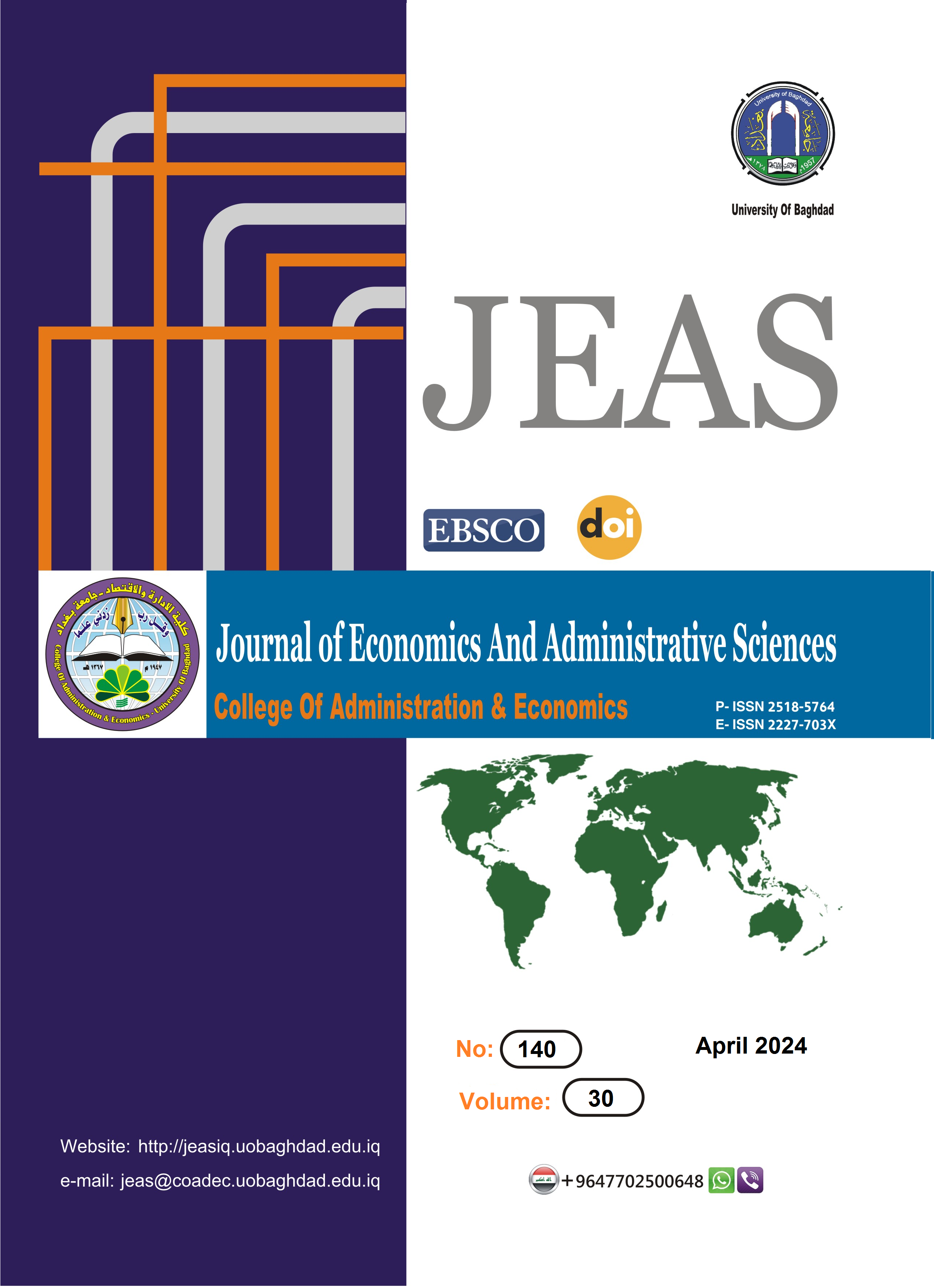Estimation of the Regression Model Using M-Estimation Method and Artificial Neural Networks in the Presence of Outliers
DOI:
https://doi.org/10.33095/g4hems75Keywords:
Regression, M-Estimation, Artificial Neural Networks, Outlier, Robust Regression, Activation Function.Abstract
This study aimed to predict using regression models in the presence of outliers in the study data. The research delved into outliers, their detection, and model estimation through robust methods, represented by the M estimator and multilayer artificial neural networks. A comparison between these methods was conducted, and they were applied to real data representing a survey of private-sector power generators for 2021. Model evaluation was performed using Mean Squared Error (MSE) and the determination coefficient. The results indicated that the M-estimator with the Huber function outperformed its counterpart with the Tukey function. The best-performing architecture for the artificial neural network was ML-FF (5, 16, 32, 46, 128, 1) with the relu activation function. This network effectively handled extreme values and exhibited strong predictive capabilities. The choice of activation function and the number of hidden layers significantly impacted the neural network's performance, with the results showing the superiority of this artificial neural network over the robust estimators.
Paper type Research paper
Downloads
Published
Issue
Section
License
Copyright (c) 2024 Journal of Economics and Administrative Sciences

This work is licensed under a Creative Commons Attribution-NonCommercial-NoDerivatives 4.0 International License.
Articles submitted to the journal should not have been published before in their current or substantially similar form or be under consideration for publication with another journal. Please see JEAS originality guidelines for details. Use this in conjunction with the points below about references, before submission i.e. always attribute clearly using either indented text or quote marks as well as making use of the preferred Harvard style of formatting. Authors submitting articles for publication warrant that the work is not an infringement of any existing copyright and will indemnify the publisher against any breach of such warranty. For ease of dissemination and to ensure proper policing of use, papers and contributions become the legal copyright of the publisher unless otherwise agreed.
The editor may make use of Turtitin software for checking the originality of submissions received.


























